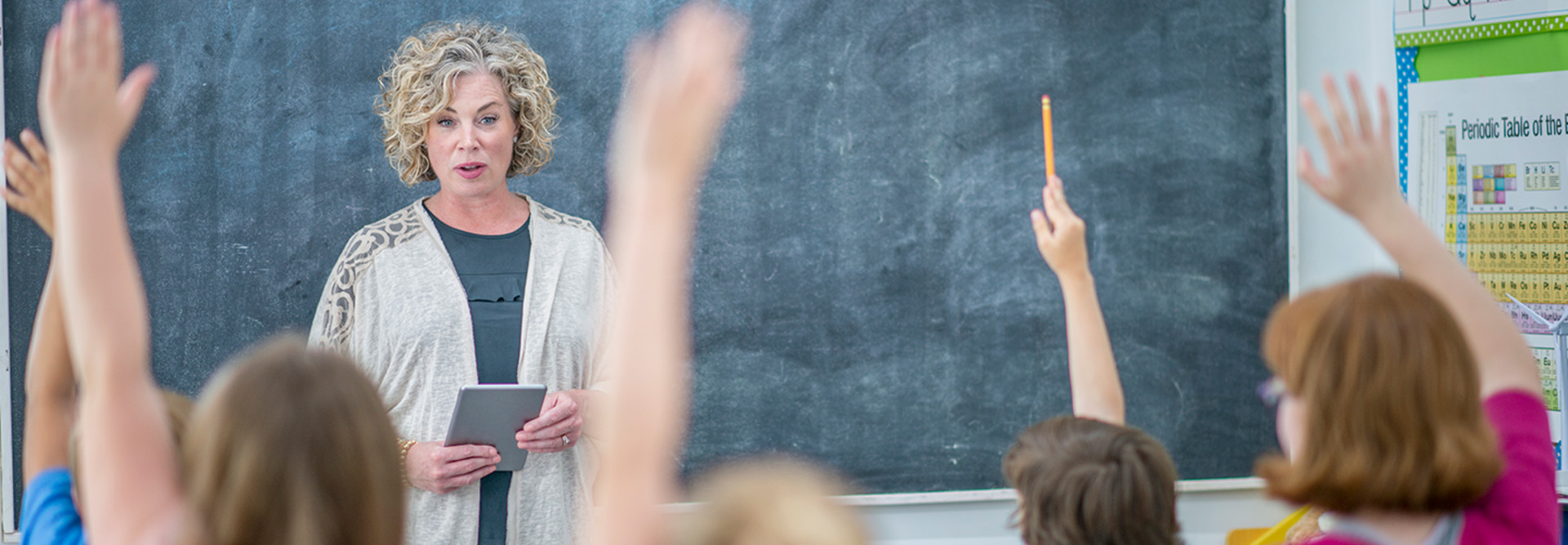CoSN 2019: K–12 Schools Address Digital Equity with Curriculum Framework
Some digitally enabled K–12 schools find it difficult to provide appropriate lesson plans that can be accessed by all students, said Tim Clark, director of curriculum, instruction and digital learning at Chicago Public Schools.
In school systems like Clark’s where schools have more autonomy to choose their own digital solutions, issues have emerged around creating activities that serve students of different backgrounds.
“This has led to more inequity in the district because some schools have struggled to have a rigorous curriculum for all students,” Clark said, speaking at the Consortium for School Networking’s 2019 annual conference. “Some schools are relying on several different technologies, creating an environment that is no longer level.”
JOIN THE CONVERSATION: Follow @EdTech_K12 on Twitter for continued COSN 2019 coverage.
3 Challenges of Digital Design for K–12 Classrooms
When superintendents understand the specific issues in digital curricula that are driving inequity, they can begin to create a framework that serves to mitigate those hurdles, said Clark. Here are some common issues for teachers:
- Time: Educators spend a considerable amount of time designing general lesson plans, making it more difficult to design courses that are specifically meant to help underserved students, said Clark. Teachers spend seven or more hours per week, or 250 hours per year, creating or finding instructional materials for the general classroom, said Clark. This amount of time grows exponentially for teachers in underserved schools with students who may need more support. “If you think about students who are diverse learners, who might have some special needs that need to be addressed, teachers in those areas spend those seven hours finding resources and then additional time modifying those resources for those students,” Clark said.
- Quality: When teachers go out on their own to find resources for the classroom, there is a higher chance that they will use applications that do not provide the academic components students need to succeed. Out of 180 hours of learning in core subjects during the school year, 133 were spent on assignments that were not grade appropriate, said Clark. “This is causing a huge issue in Chicago because we have a lot of students who are already coming from disadvantaged backgrounds,” said Clark. “They come to school, and instead of trying to raise them up to grade level, we are actually lowering our expectations.”
- Equity: When teachers spend a significant amount of time finding academic tools that are not appropriate for students, the underserved populations suffer most. This can create a financial burden for students later in their academic careers. According to Clark, 40 percent of students take at least one remedial class in college, costing a total of $1.5 billion annually. For students who do not have appropriate materials in K–12, it can cost an additional $3,000 to earn a bachelor’s degree.
MORE FROM EDTECH: Check out how technology is key for boosting equity.
Create a Digital Framework to Improve Outcomes and Equity
To solve the issue his teachers were facing, Clark helped create a collection of resources called Skyline, which includes programs, policies, structures and technologies educators can use to facilitate academic progress regardless of students’ socioeconomic backgrounds.
“The core of the system is a rigorous, standards-aligned and culturally relevant digital curriculum,” Clark told attendees. “What we want to do is transform the instructional core.”
To help improve teachers’ abilities in the classroom, Chicago Public Schools established a digital readiness training model.
The program covers blended learning and project-based learning. It also helps teachers learn about the “Four Cs” of learning — critical thinking, creativity, communication and collaboration — as well as how to use the substitution, augmentation, modification and redefinition (SAMR) model.
For curriculum materials specifically, Clark drafted requirements for anything being added to Skyline. Curricular materials must be culturally responsive, address a multitiered system of support framework, incorporate social emotional learning and facilitate digital learning.
In addition, curricula must include elements such as guidance documents, formative assessments at the lesson and unit level, annotated unit outlines and supplemental resources.
Chicago public schools also upgraded their servers and deployed personal devices, including Chromebooks and Microsoft laptops, to ensure all students have the tools they need to succeed.
Through the Skyline project, teachers have the consistency and guidance to create the most effective, equitable curricula they can, said Clark.
Keep this page bookmarked for articles and videos from the event. Follow us on Twitter at @EdTech_K12 or the official conference Twitter account, @CoSN, and join the conversation using the hashtag #CoSN2019.









